Tennis began as an indoor game called "jeu de paume" in medieval France. It was a version of handball and probably first played by priests in cathedral cloisters. The word tennis most likely derives from the French tenez (take), which was shouted before a serve. By the mid-16th century rackets were being used to hit the ball instead of hands. Balls were hardened by wadding together bits of wet rags, wrapping them with string, then covering the whole in white cloth.

The game grew in popularity, becoming a favourite pastime of many kings and their courts. King Francis I was so dedicated to the sport that he even had a court built on a ship.
From France, tennis spread across Europe; it took firm hold in England in the 16th and 17th centuries. In 1873 a Welshman named Maj. Walter Wingfield invented an outdoor version of the game and called it lawn tennis. At around the same time, rubber balls came into use, making it possible for a ball to bounce off a grass surface. By 1875 lawn tennis had become so popular that the All England Croquet Club dedicated one of its courts at Wimbledon to tennis; the next year the club became known as the All England Lawn Tennis Croquet and Club. The first Wimbledon tennis tournament was held there in 1877. Since then the tennis club lifestyle has remained a tradition among many.

The scoring still used today dates from medieval times. And saying “love” instead of “zero” was either a corruption of the French l’oeuf (“egg,” which represents zero) or referred to the concept that a person who fails to score is playing for love of the game.


